Madrid, Prado restores its Caravaggio: here's the work as we've never seen it before
In Madrid, the Museo del Prado is returning to exhibit its only Caravaggio work, the David with the Head of Goliath from around 1600, after a painstaking restoration made possible thanks to the support of the Fundación Iberdrola España. The great Spanish museum thus demonstrates great vitality: after the purchase ofPaolo da San Leocadio’sOration in the Garden ofSt. Leocadio, a masterpiece by the Italian-Spanish Renaissance painter, the Prado stands out for another action involving an Italian artist.
The work underwent an intervention to remove the oxidized and opaque varnishes on the surface in order to restore the painting’s chromaticism and contrasts. The intervention, carried out by Almudena Sánchez, a restorer at the Prado Museum, made it possible to recover the original values of the work and revealed elements of the composition hidden under the opacity of the varnish, such as the bright light surrounding the head of the young David or the foreshortened body of Goliath. The work is now presented in a new display in rooms 7 and 7A, where the head of the department of Italian and French painting up to 1800, David García Cueto, has imagined a panoramic view of the phenomenon of Caravaggism.
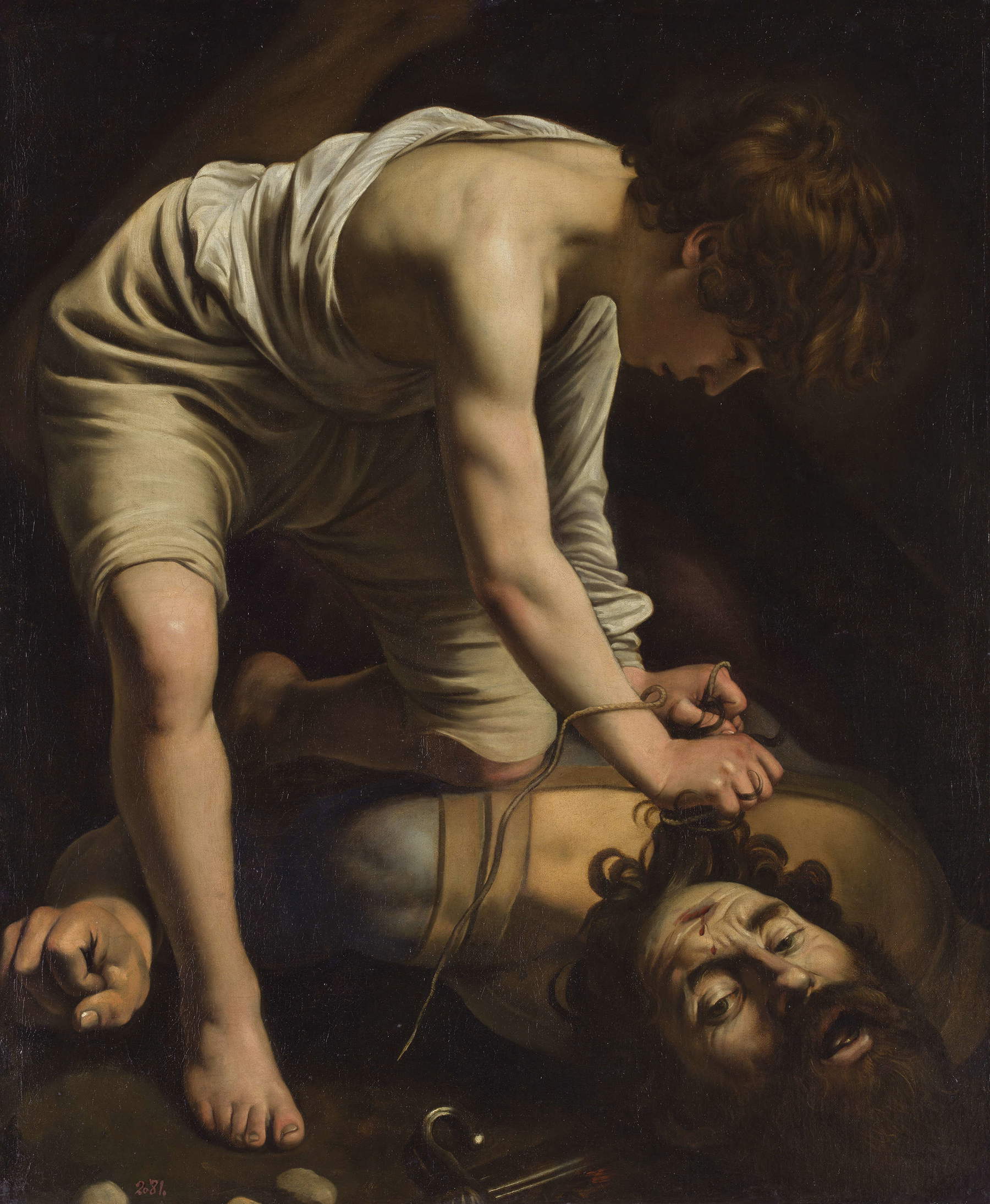
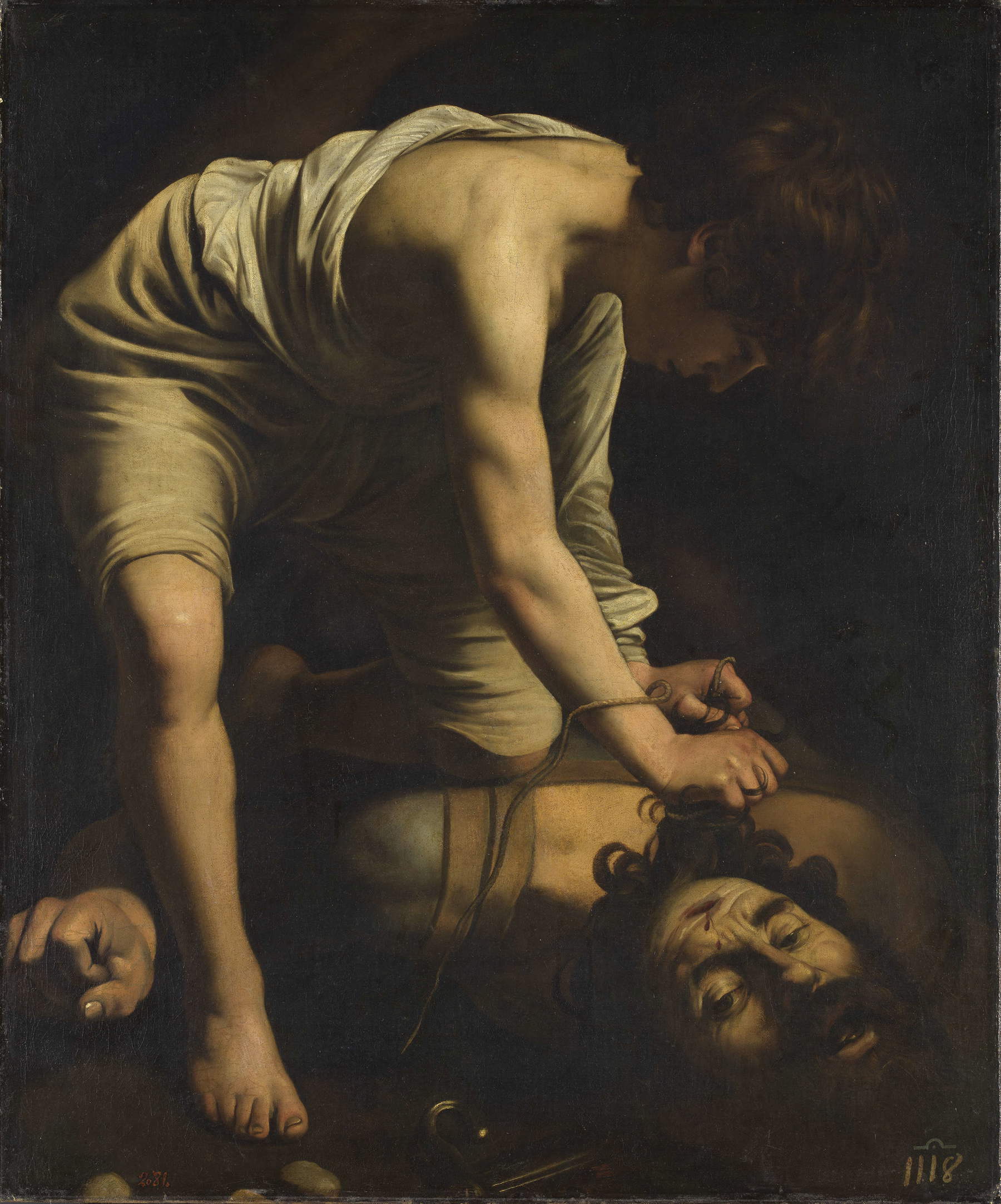
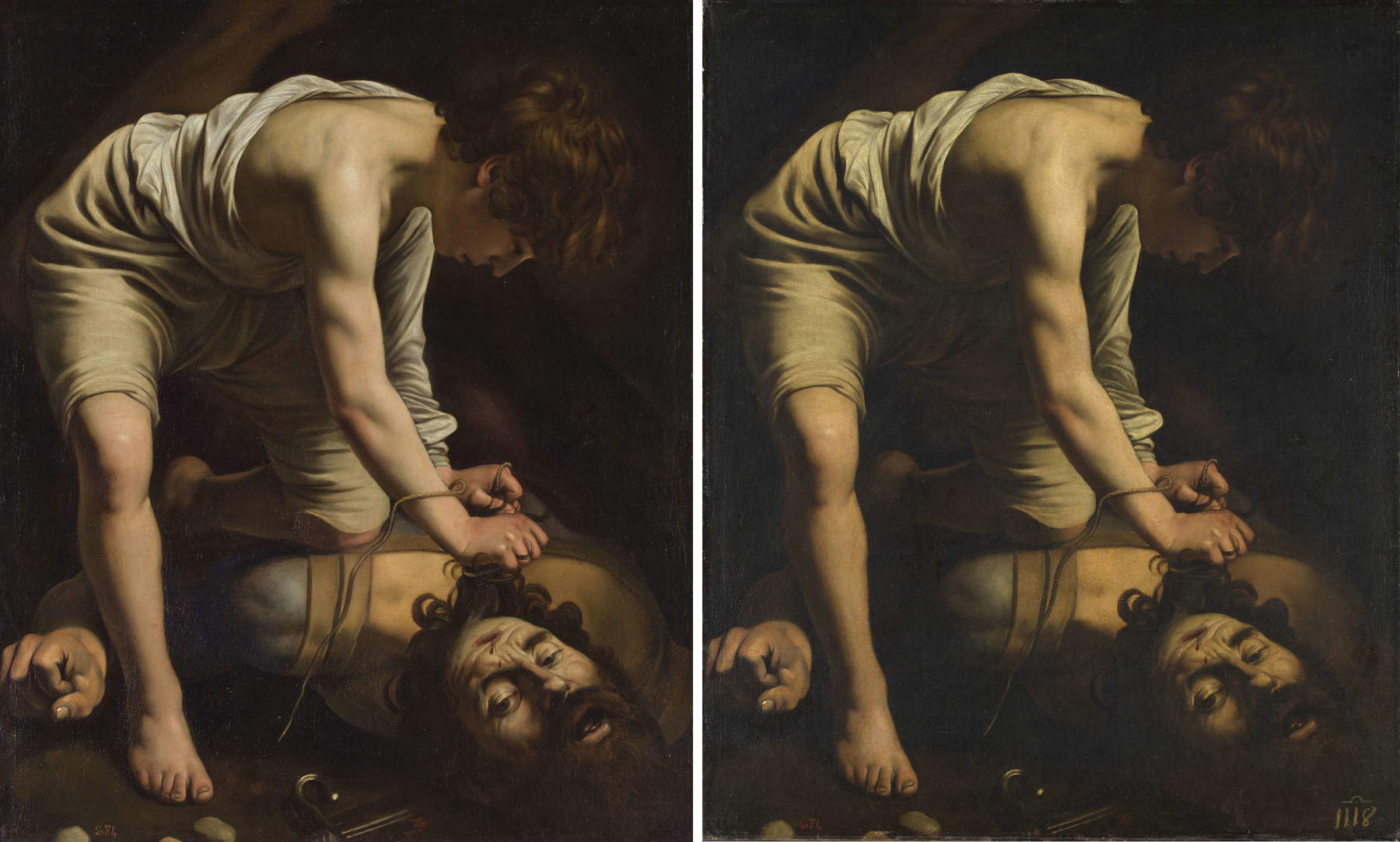
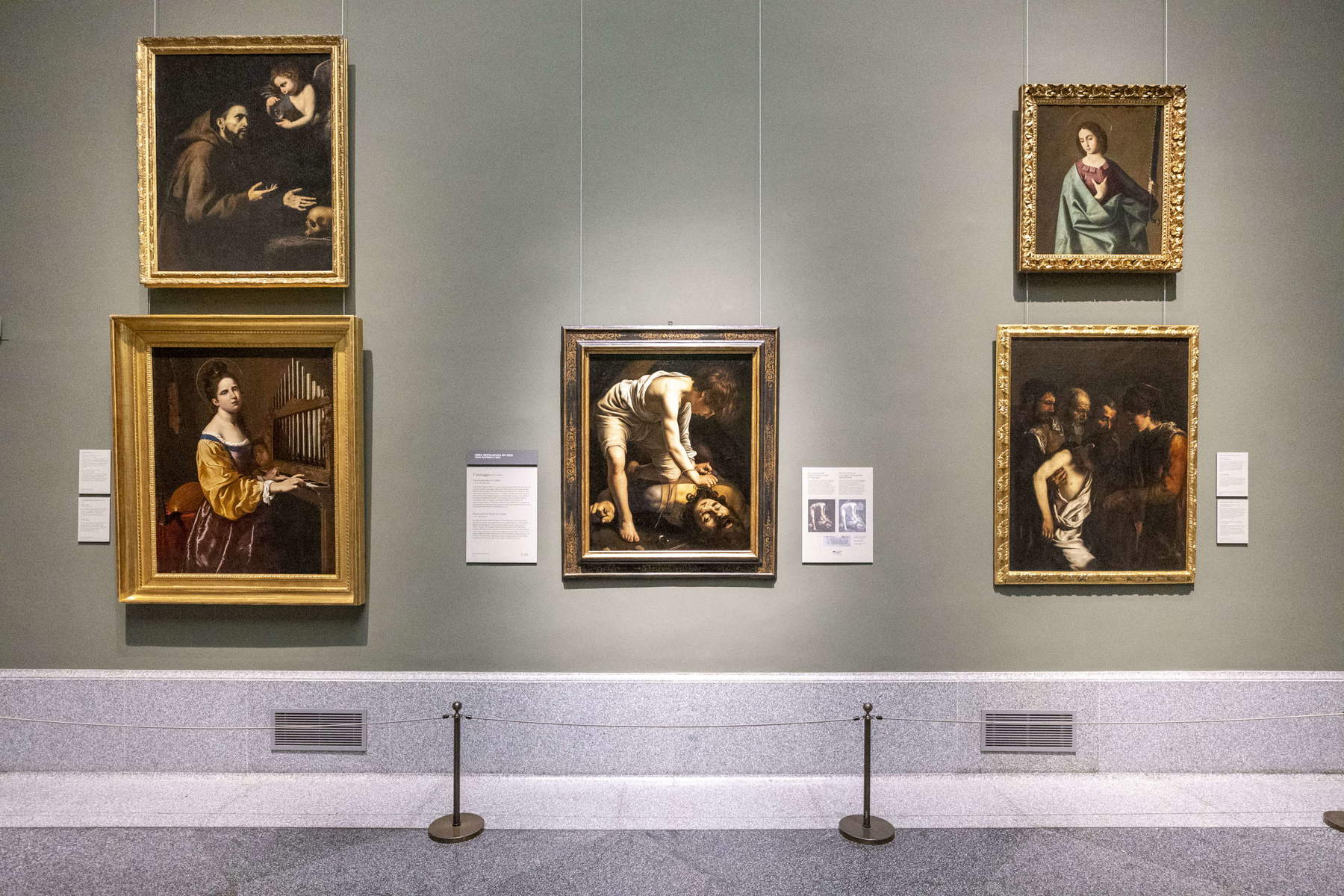
The main objective of this restoration was to restore the work to the original image conceived by the great Michelangelo Merisi. The opacity of the old varnishes and dirt, the Prado points out, had altered the perception of the depth of the composition, making it very difficult to realize the size of the place where David and Goliath are standing, since in the overall scene only the areas where both figures are standing could be strongly distinguished. illuminated by the direct light source.
Selective cleanings in the past had also contributed to the work’s lack of legibility, cleanings that had mainly affected the foregrounds and the most intensely lit areas of both figures, ignoring the background of the composition and the spaces in shadow. All this was converting Caravaggio’s original chiaroscuro into a violent contrast of light and shadow, leaving the figure of David silhouetted against a flat black background. Therefore, the composition had been as if reduced to a single plane.
In addition, the yellowish tone of the old paint had altered Caravaggio’s original chromaticism, giving the light, luminous tones of the flesh and garments a warm range that completely distorted the artist’s idea. In turn, the paint’s loss of transparency blurred volumes and eliminated elements placed in the background or in shadow. Under these conditions one could only partially appreciate the scene depicted by Caravaggio. Analyses conducted with infrared reflectography and radiography then made it possible to know the state of conservation of the painting and the artist’s creative process, providing valuable information for restoration.
Regarding the creative process, notable changes in composition are noted, such as the extraordinary face of Goliath still alive with a dramatic expression, his eyes out of their sockets and his mouth open in a gesture of horror. One of the most striking elements is the foreshortening of Goliath’s body, particularly his buttocks in the right area of the painting, continuing with his leg, which appears raised behind David toward the top of the painting, an image that shows Goliath’s defeated body after being struck by the young shepherd’s sling. Similarly, the space surrounding Goliath’s head and his chest resting on the ground is recovered, as is the arm passing behind David’s advancing leg with the fist of his hand.
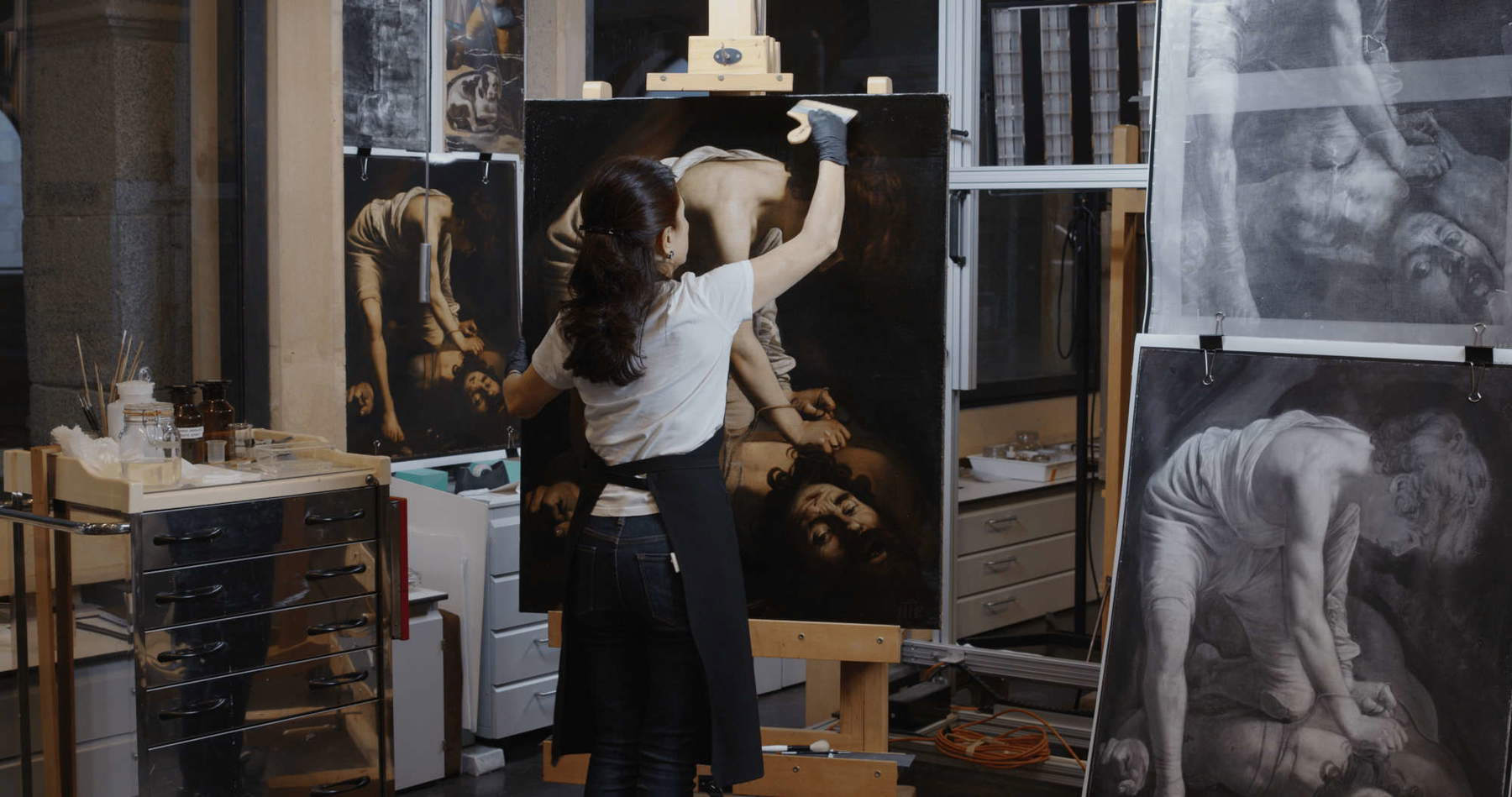
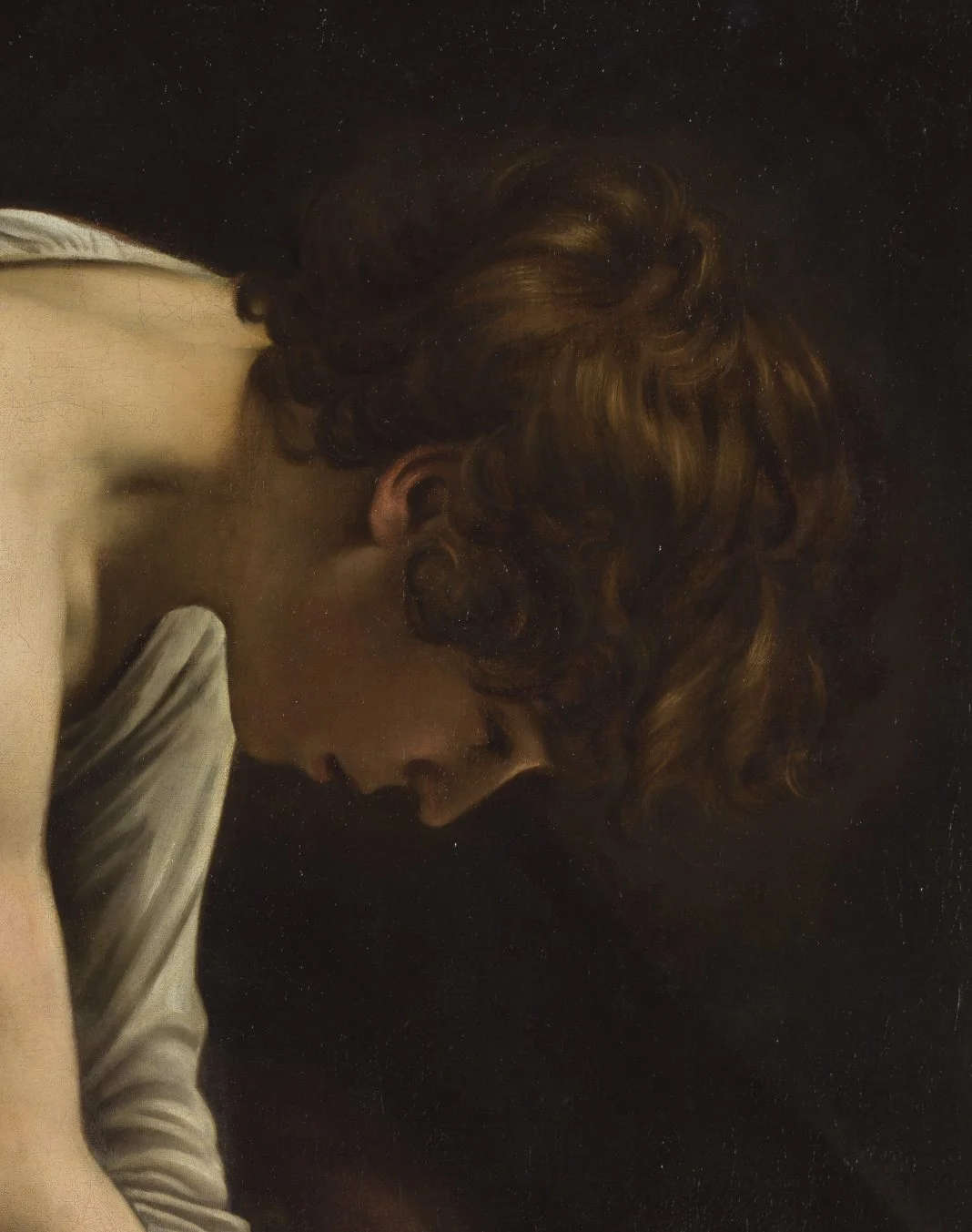 David’s
David’s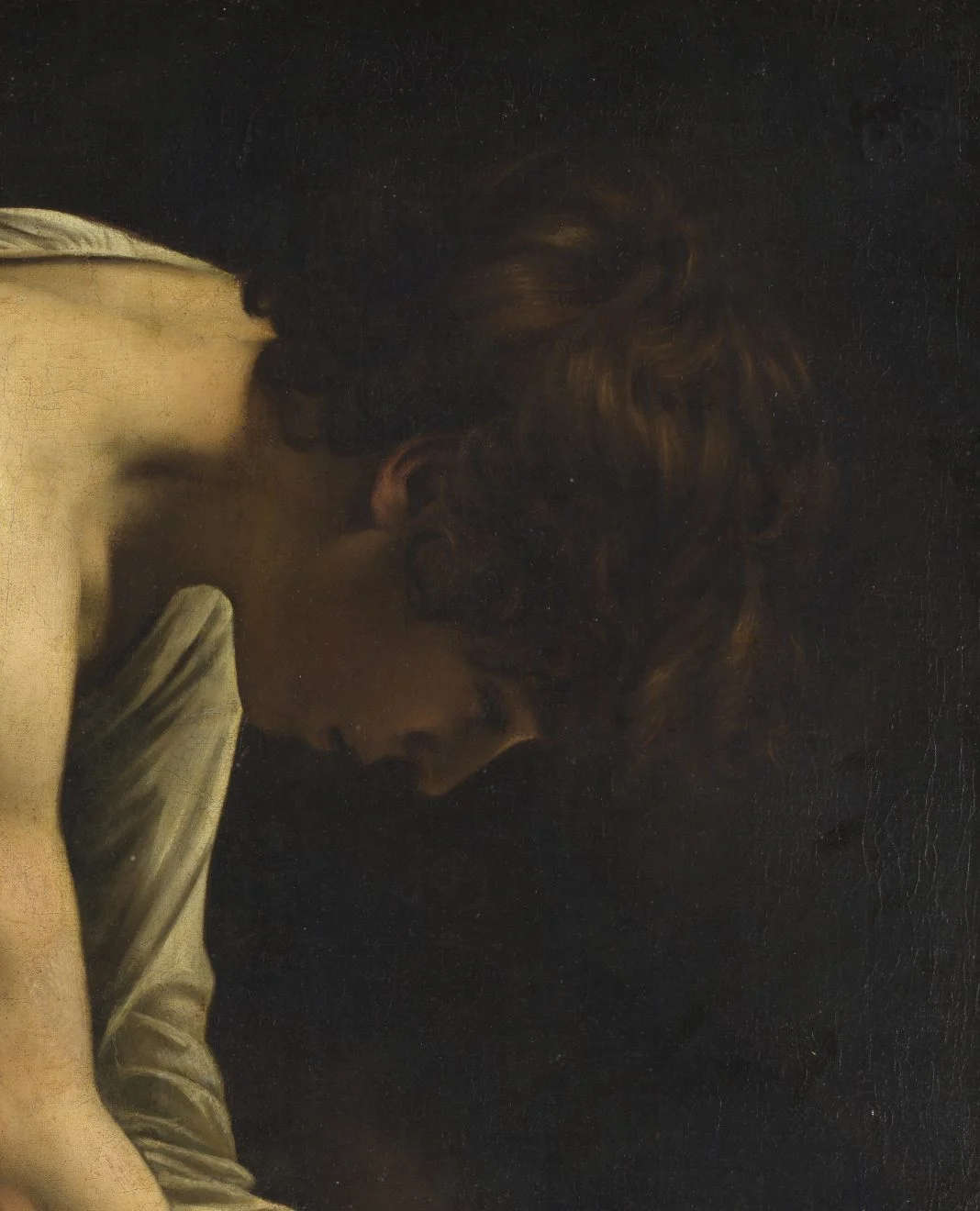 David’s
David’s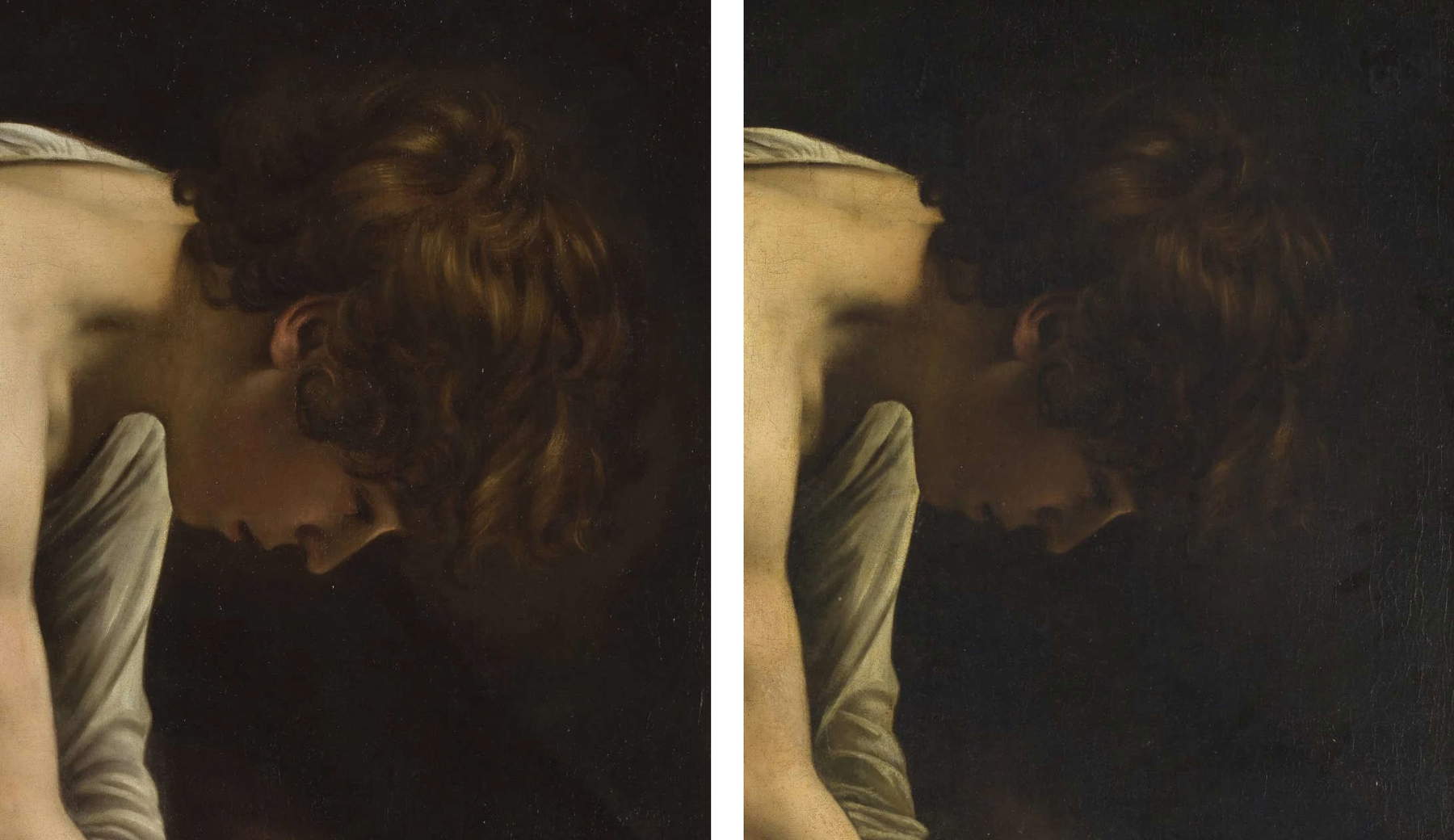 David’s
David’sAnother completely unsuspected element that appeared with the cleaning was the bright light surrounding David’s head, a light cut diagonally by a dark shadow that makes the size of the space in the background perceptible. The cleaning also allowed the recovery of the successive planes of the composition and the air circulating around the figure of David, which was previously nonexistent. Moreover, the complexity of the composition can be appreciated from the very small space in which Caravaggio placed the two figures, in a rectangular space as if it were a deep box.
Thanks to X-rays, it was also possible to ascertain the existence of two very specific damages that must have been caused accidentally. The most important one is on David’s shirt sleeve and the other on the knee that continues along Goliath’s shoulder. Both had very old restorations that encroached on the original paintwork, which was recovered in the present restoration with the removal of the repainting. The color deficiencies present in these two areas were integrated into the pictorial surface through the process of color reintegration.
“This restoration,” says Almudena Sánchez, “shows us a new Caravaggio, providing us with a hitherto unknown image of the painting, the authentic image of this great masterpiece that after so long in the shadows recovers the light with which it was conceived.”
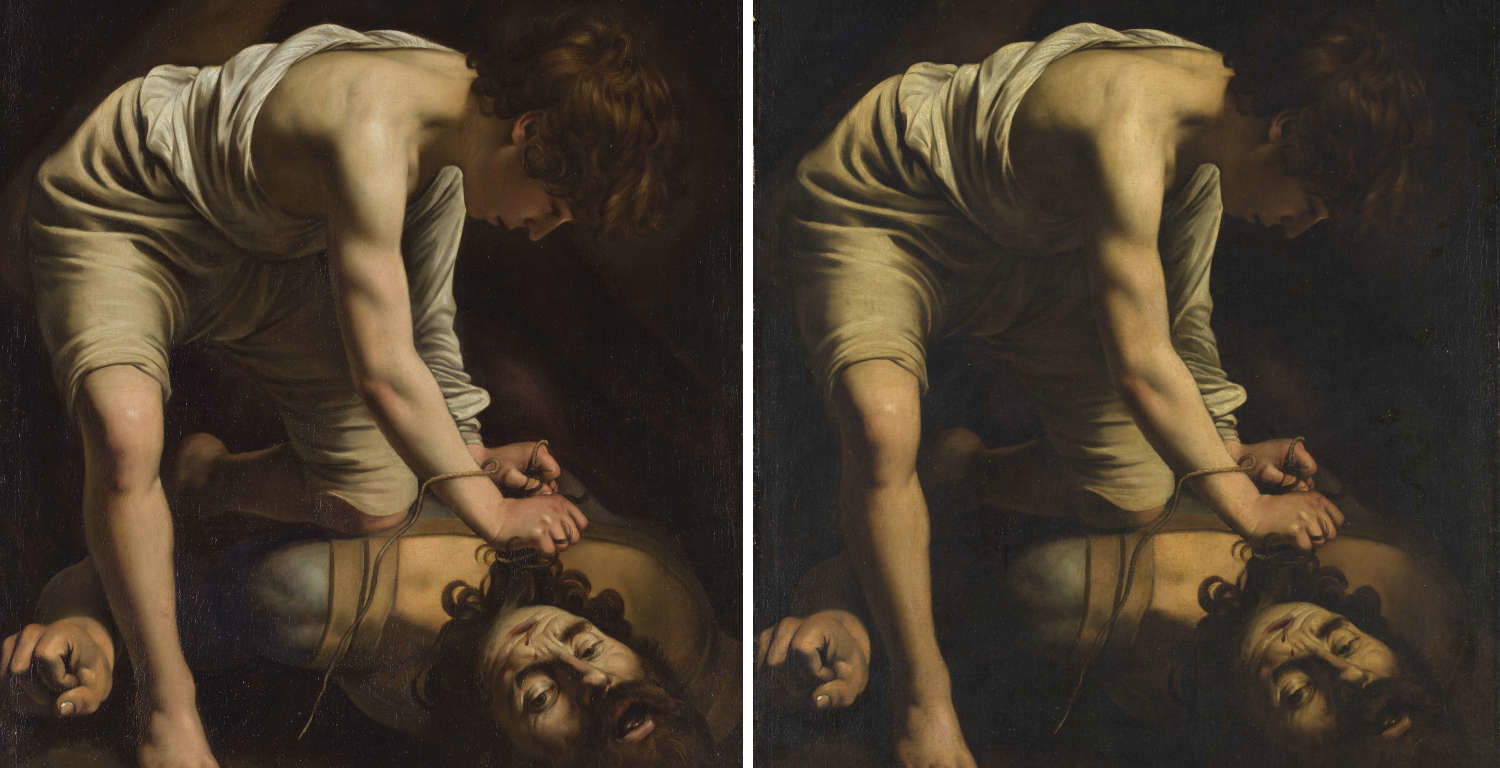 |
| Madrid, Prado restores its Caravaggio: here's the work as we've never seen it before |
Warning: the translation into English of the original Italian article was created using automatic tools. We undertake to review all articles, but we do not guarantee the total absence of inaccuracies in the translation due to the program. You can find the original by clicking on the ITA button. If you find any mistake,please contact us.





























